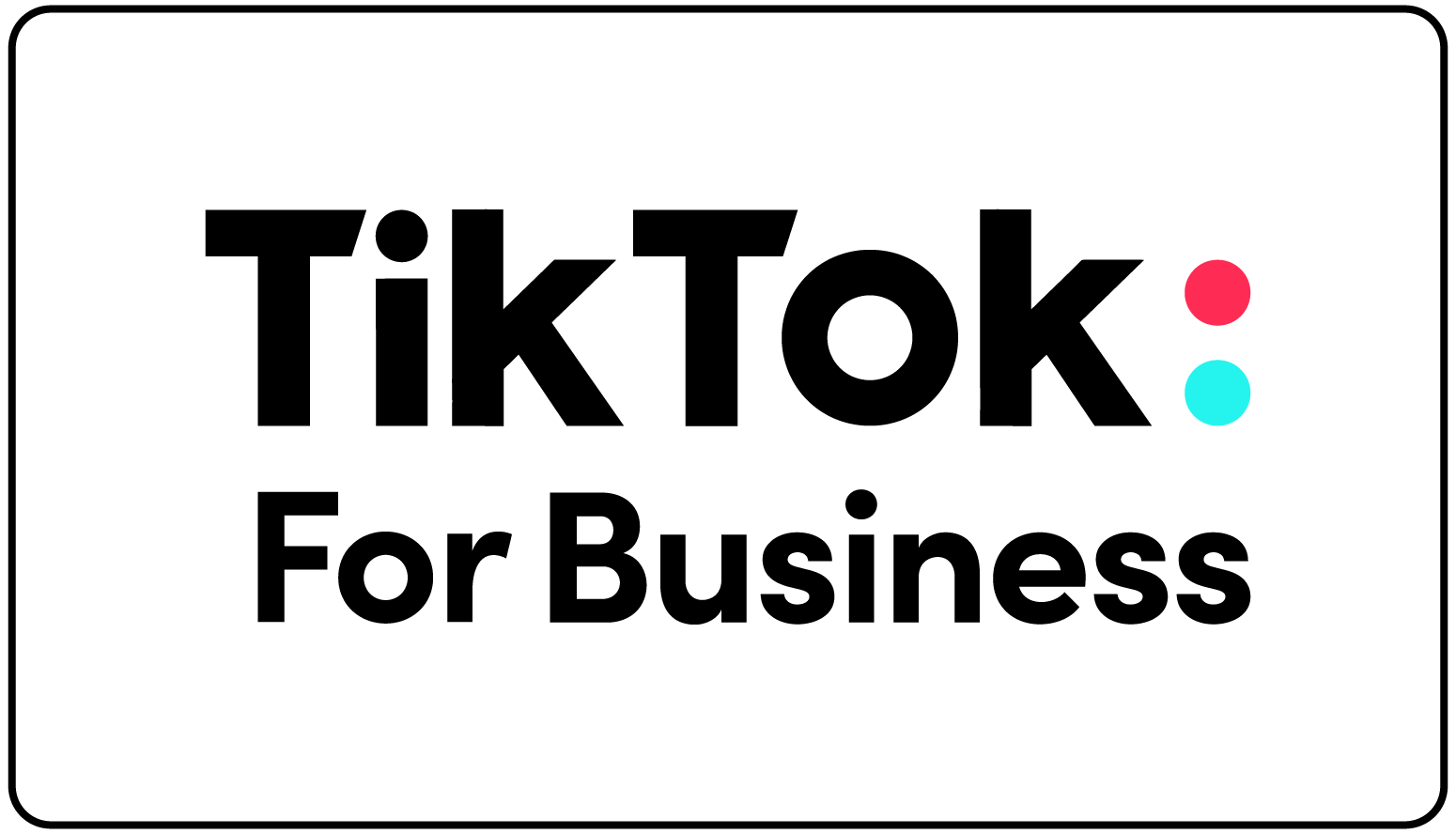APIs and The State of Digital Advertising
Data protection and privacy regulations have made advertisers rethink the future when it comes to digital marketing. As of today, a vast majority of advertisers are tracking consumers online by placing third-party cookies (such as the Facebook pixel) on web browsers. The rise of new laws, such as GDPR and the California Consumer Privacy Act (CCPA), have helped put consumer privacy on the forefront when it comes to tracking online behavior and actions. As we start seeing more of these regulations and laws take place, it’s becoming very likely that the kind of visibility and tracking we’re currently used to will no longer be available within the next few years. What would advertising look like then? Facebook has been searching for new ways to help advertisers track performance online while also respecting and protecting their privacy.
In order to prepare for this very probable future, Facebook has developed a new way for advertisers to track and connect consumers to their KPIs. Conversion API/Server-to-Server (S2S) is a new tracking method that allows businesses to send data and events from their servers back to Facebook’s server. Conversion API data flows directly into Facebook and is treated just like pixel events, meaning that advertisers can measure these conversions and make optimizations in Ads Manager.
The new API also allows for advertisers to send online and offline signals back to Facebook, allowing for a more holistic measurement of advertising campaigns. For example, a retailer with online and offline channels can now optimize and measure all purchases with one conversion action. Previously, offline conversion feeds were needed for this type of measurement and granularity.
As a way to stay ahead of the curve, we recommend that advertisers jump on the Conversion API early and start experimenting with this new way of tracking user behavior online. Given the uncertainty around the future of web browser tracking, it’s probably best to try it out now before it may become the new norm.
Our Experience With Conversion API
We have already experimented with this new API by testing it on one of our clients, 1440. 1440 is an email newsletter that sends their subscribers a quick recap of the news every morning. We’ve been optimizing for website subscriptions via the Facebook pixel, but with Conversion API, we decided to try something a little different. Although we’ve seen a lot of success with getting new subscriptions, one of our goals has been to increase email open rate with their current subscribers. This is not something we could track with the pixel, but now we are able to connect Facebook’s server-side API to Zapier and send email openings from 1440’s server directly to Facebook. Now we can track and optimize for open rates, which is not something we could have done before by using just the pixel.
How Would Facebook Conversion API Work?
As mentioned above, the Conversion API was proactively created in order to comply with the new regulations and laws surrounding data protection. Basically, this means that this new method is not going to be able to freely track website behavior like the pixel can. As of right now, the API can only track the end points of the consumer journey, so the upper and middle parts of the funnel (view content, add to cart, initiate checkout, add payment method, etc.) are going to be totally lost without the help of the Facebook pixel. Why are these middle pieces cut out? Well, when a person subscribes to a newsletter or makes a purchase, they are willingly giving these businesses their information, which is then passed to the website’s server. Let’s say someone completes an action on a website that does not involve giving away any personal information, like clicking to view a product or adding an item to the cart. In these scenarios, the new API would not be able to tie these actions back to Facebook because there is no identifier being recorded (such as entering an email address or phone number). While this loss of data might induce panic and fear amongst advertisers, rest assured we are not worried about it. Facebook is constantly evolving and adding new features on its platforms, so we’re pretty confident that there will be quite a few improvements made to the Conversion API before we see the potential demise of the pixel.
The Benefits of Testing Now
While the Facebook pixel is not going anywhere just yet, the hard truth is that we know it’s not going to last forever. It’s extremely likely that everyone will have to adapt to Facebook’s Conversion API at some point in the future. If the Facebook pixel is working just fine, then why should advertisers try testing this new API now? Here are some of the main benefits:
- New tracking opportunities – Going back to our experience with 1440, Conversion API has helped us discover new ways of measuring, reporting, and optimizing for email open rates, which is something that the Facebook pixel is not capable of tracking on its own. Looking at the backend of a business’ server can help advertisers find the missing holes and gaps that the pixel could not fill and also discover new, trackable conversions.
- Holistic optimization – Facebook campaigns require a single optimization when using a pixel event, but the Conversion API allows you to choose an event that happens both online and offline to better optimize campaign performance.
- Client communication – Data privacy is a widely talked about topic, and just like us, our clients have read news articles about the evolution of digital advertising and are unsure of the future. Try tracking an event using the API to assure clients that if and when it comes down to it, we will be just fine without the pixel.
- Preparatory measures – We have mentioned this a few times now, but in order to effectively advertise in today’s digital landscape, marketers need to be at the very forefront of change. Learning how to comply with these new measures and regulations is crucial, and advertisers should get a head start by testing and gaining familiarity with available solutions such as Facebook’s Conversion API.
Implementing the Conversion API
Facebook has been launching various Conversion API betas with larger advertisers for the last year, and in the last few months, they opened up the API to the majority of advertisers. More recently, Facebook has launched numerous integration partners making implementation a lot easier for advertisers.
How is Conversion API different from the Facebook pixel?
Conversion API, also known as the server-side API, lets you share events occurring both online and offline from your server to Facebook’s server. This helps measure ad performance across multiple channels.
The Conversion API does not show a user’s whole journey like the pixel, but it shows the end result. It also updates ad tracking by helping bypass issues such as long load times, poor network connections, and ad blockers.
As consumer privacy laws become stricter, websites with third-party trackers will have to adapt. Browser tracking is encountering more sticking points with issues such as ad blockers. The Conversion API can help bypass these issues while still providing key information to keep your social media marketing campaigns on point.
The Future of Analytics and Tracking User Behavior
While advertisers are certainly used to the constant changes in digital marketing, the potential loss of browser tracking might seem pretty scary. The launch of Facebook’s Conversion API will help guide other platforms such as Google, Amazon, LinkedIn, etc. and help them make similar decisions when it comes to finding new ways to safely track consumer behavior online. Although the end of digital tracking as we know it is near, the Conversion API can help us see the light at the end of the tunnel.




